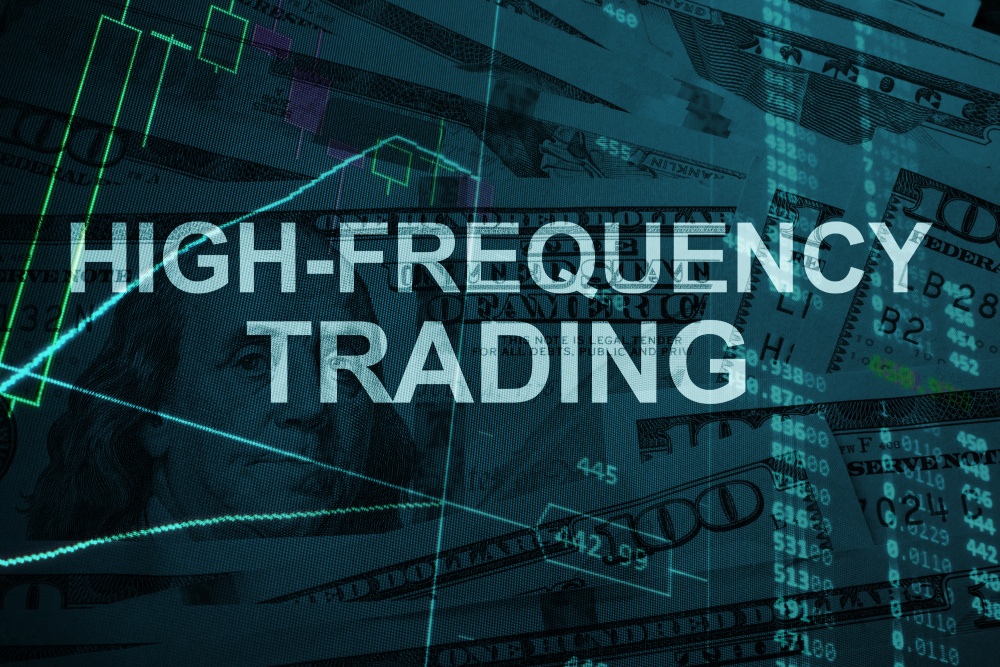What is the impact of the nonfarm payroll on the strength of the US dollar?

The nonfarm payroll (NFP) is a key economic indicator used by investors, policymakers, and analysts to assess the strength and health of the labor market in the United States. It is released monthly by the Bureau of Labor Statistics (BLS) as part of the Employment Situation Summary. The NFP report provides critical insights into employment trends, job creation, and wage growth by measuring the number of paid employees, excluding farm workers, non-profit organization employees, private household employees, and government employees. As a result, the nonfarm payroll data plays a significant role in determining the strength of the US dollar.
The relationship between the nonfarm payroll and the US dollar:
1. Employment growth and the US dollar:
The nonfarm payroll report encompasses employment data across various sectors of the economy. Positive employment growth, indicated by a higher than projectednonfarm payroll figure, often leads to an appreciation in the value of the US dollar. This is mainly due to increased demand for the currency, as a robust labor market implies a strong economy, and many investors seek to invest in the US.
2. Wage growth and the US dollar:
Wage growth is an essential aspect of the nonfarm payroll report. When wages increase, it generally indicates a tightening labor market and can influence the Federal Reserve's decisions regarding interest rates. Higher wages can lead to increased consumer spending and inflationary pressures. Consequently, a higher than expected nonfarm payroll, accompanied by substantial wage growth, can result in expectations of tighter monetary policy, potentially strengthening the US dollar.
3. Market perception and the US dollar:
The nonfarm payroll report is widely scrutinized by market participants, including forex traders, investors, and fund managers. Any deviation from expectations can lead to increased market volatility, affecting the strength of the US dollar. If the nonfarm payroll figure exceeds market expectations, it tends to create positive sentiment regarding the US economy, reinforcing the US dollar. Conversely, weaker than expected employment data can lead to a negative perception of the US economy, potentially weakening the US dollar.
4. Safe-haven status of the US dollar:
The US dollar has historically been considered a safe-haven currency during times of global uncertainty. In times of economic instability, investors often flock to the US dollar as a safe investment due to the perceived strength and stability of the US economy. The nonfarm payroll report provides valuable insights into the state of the US labor market, offering investors an indicator of economic stability. As a result, a positive nonfarm payroll report can reinforce the US dollar's safe-haven status, attracting investors and contributing to its strength.


